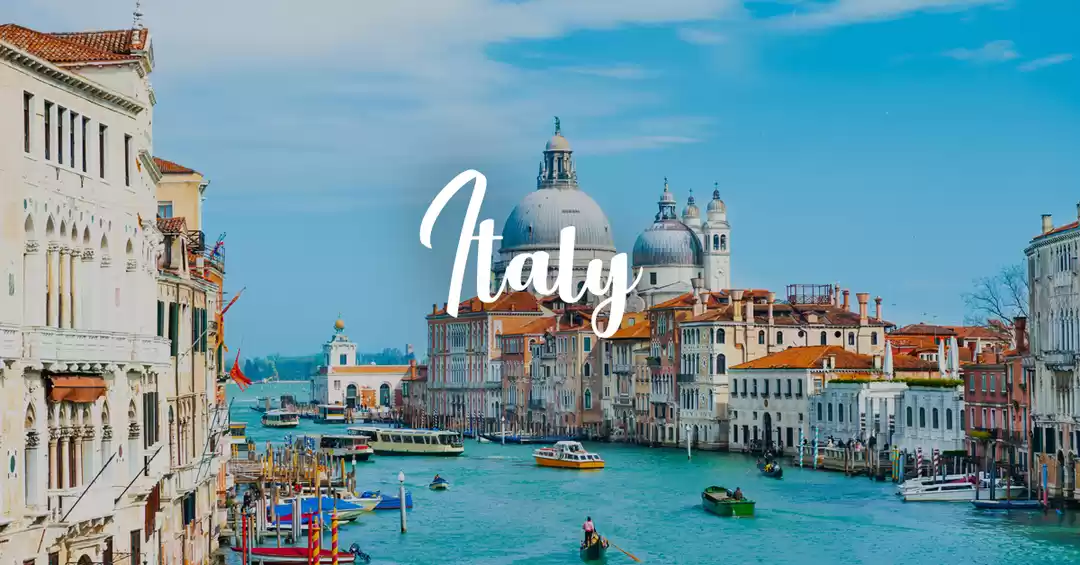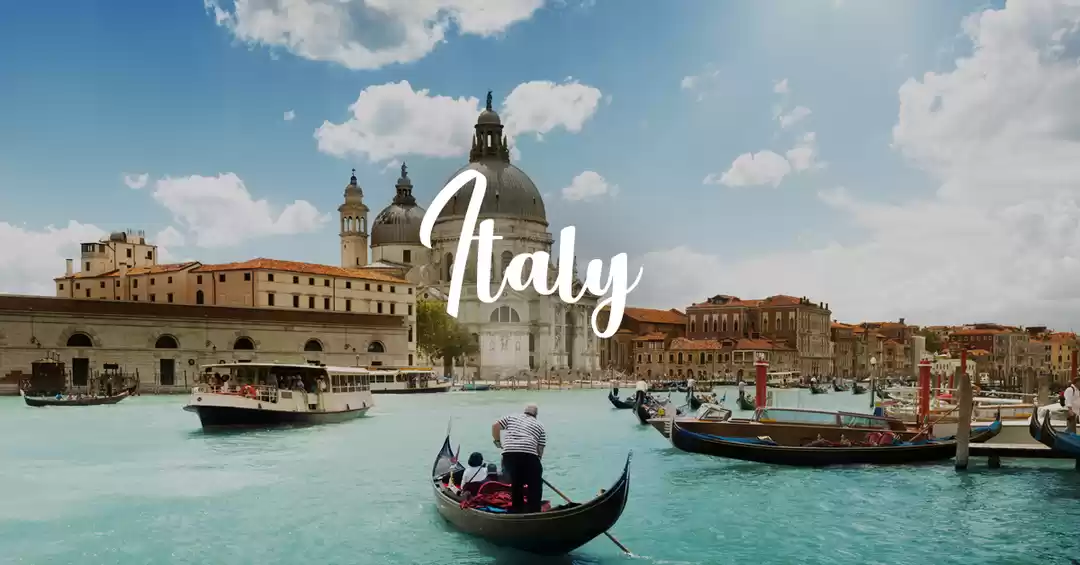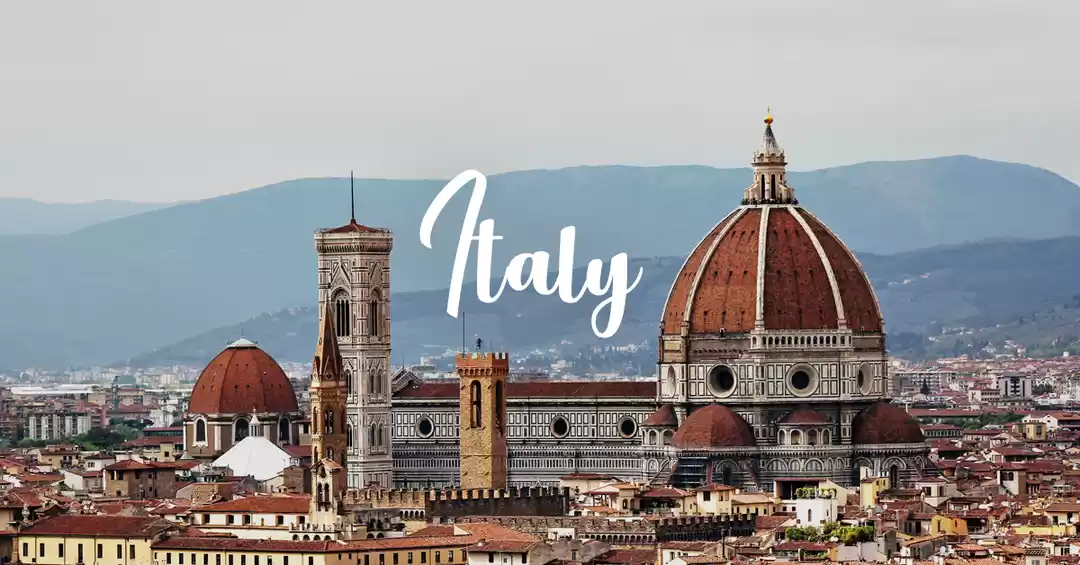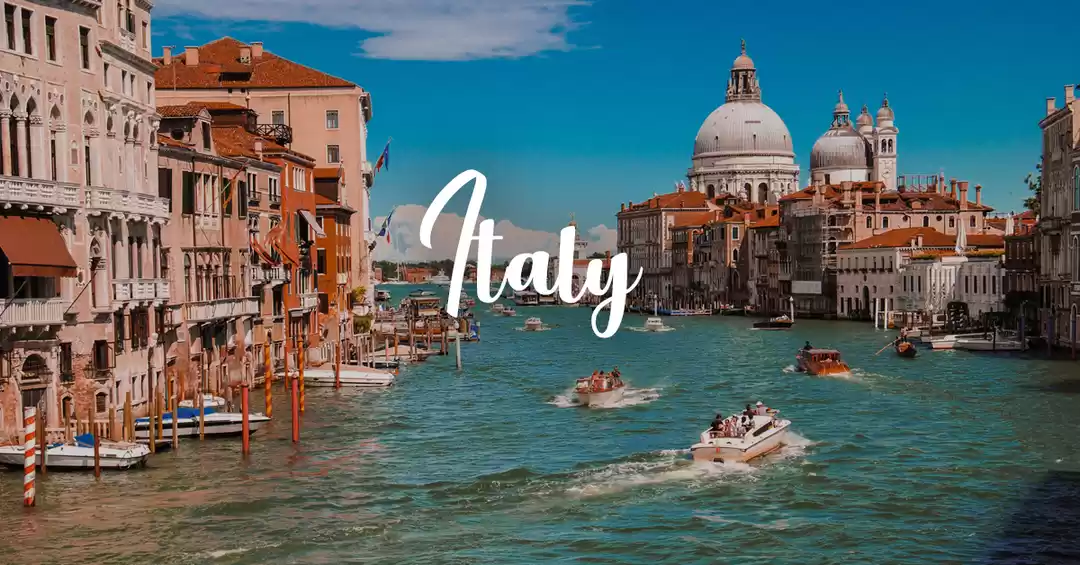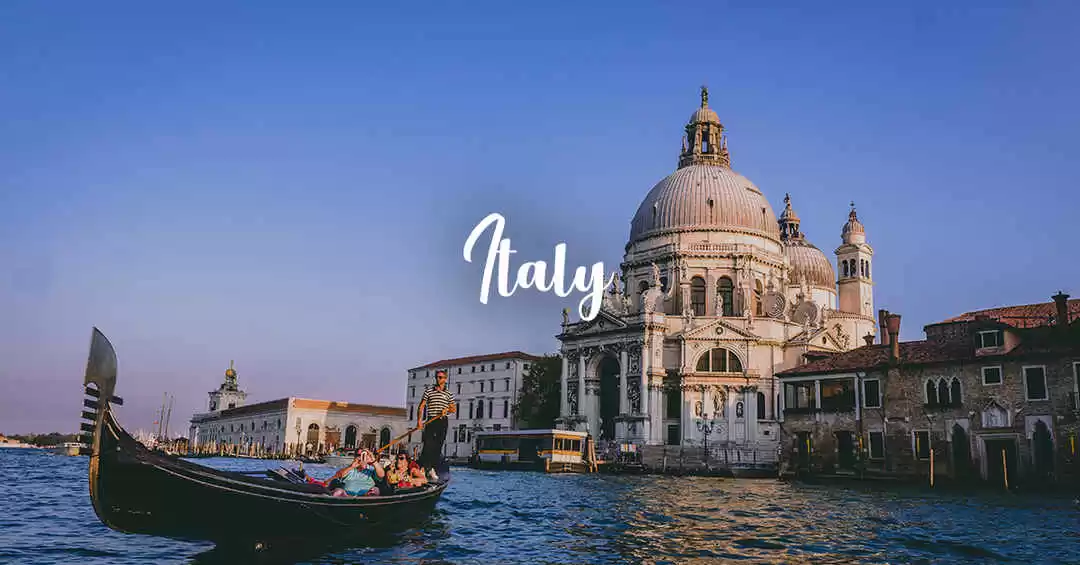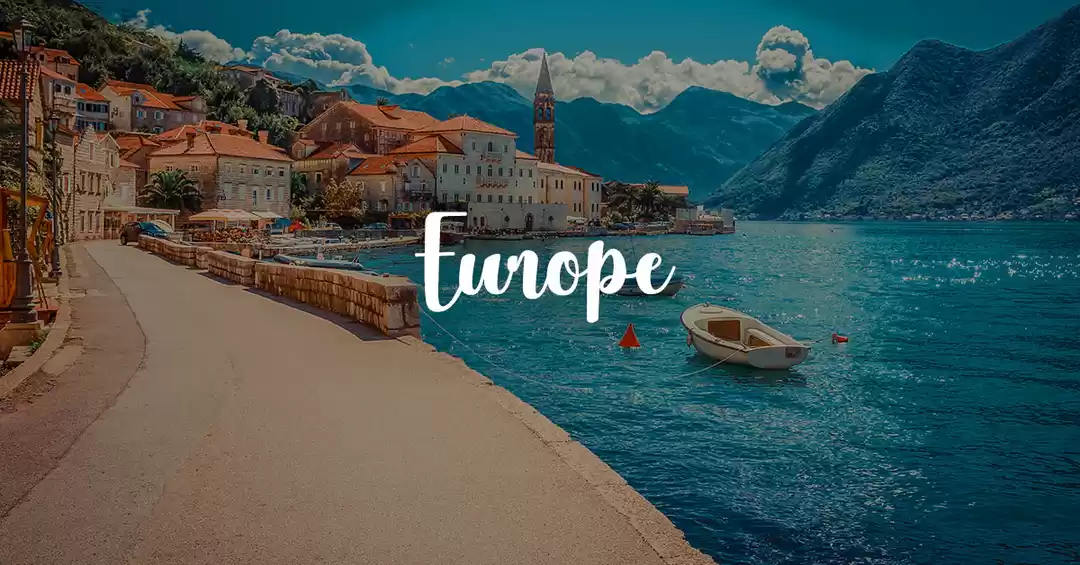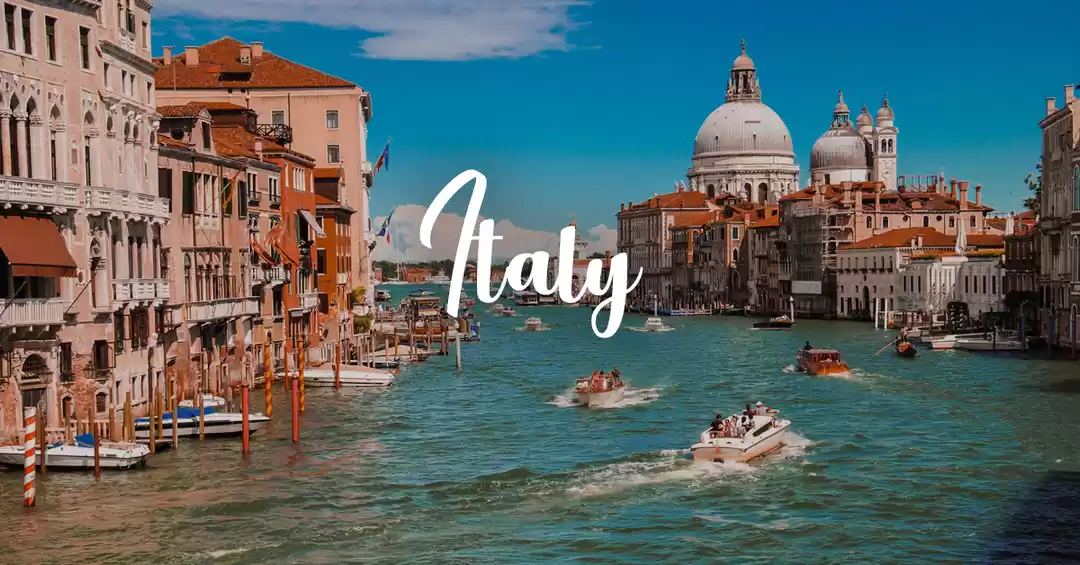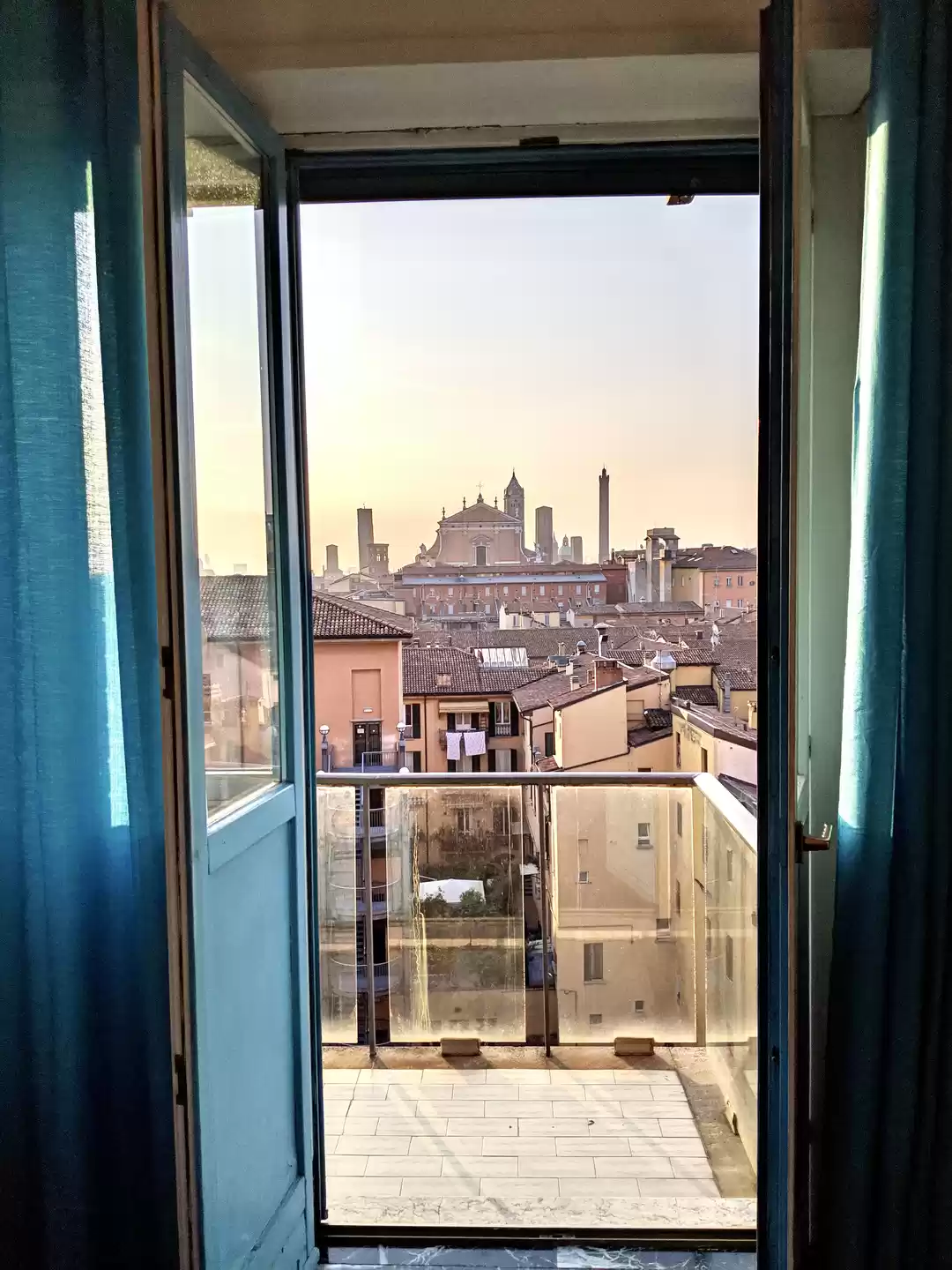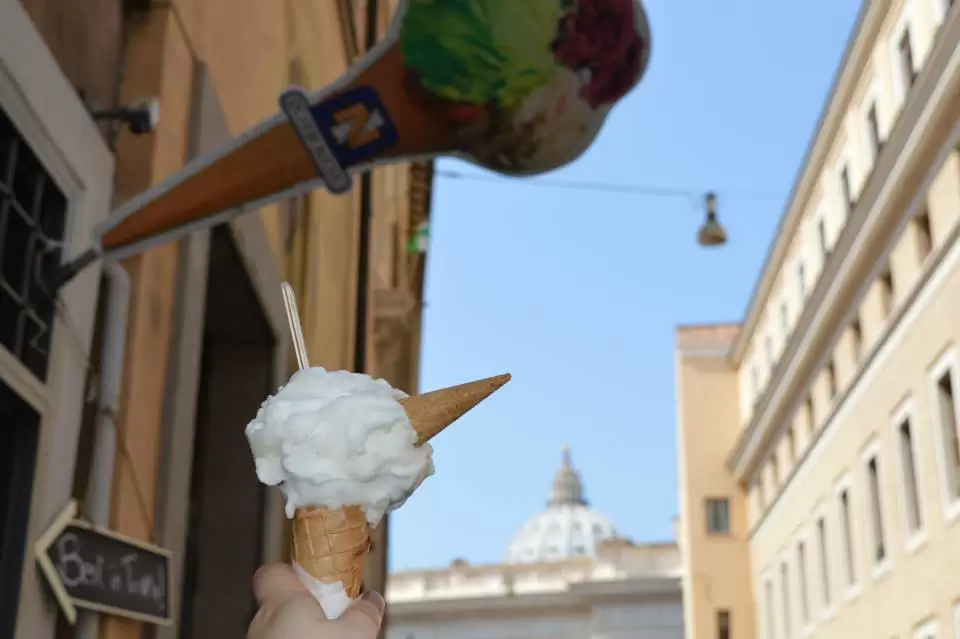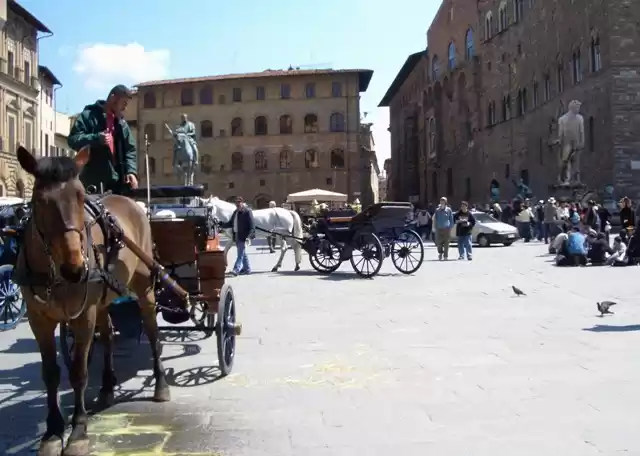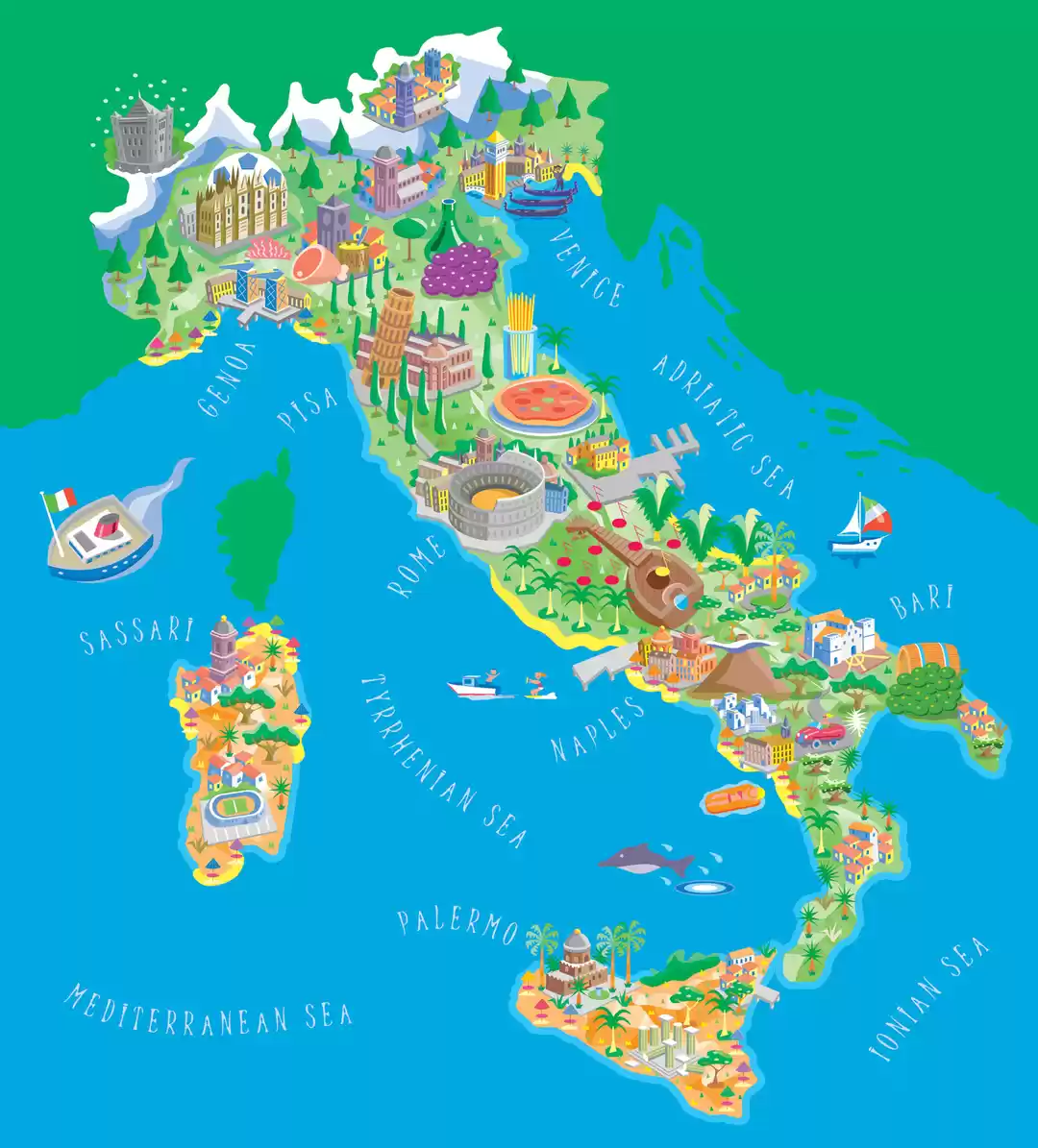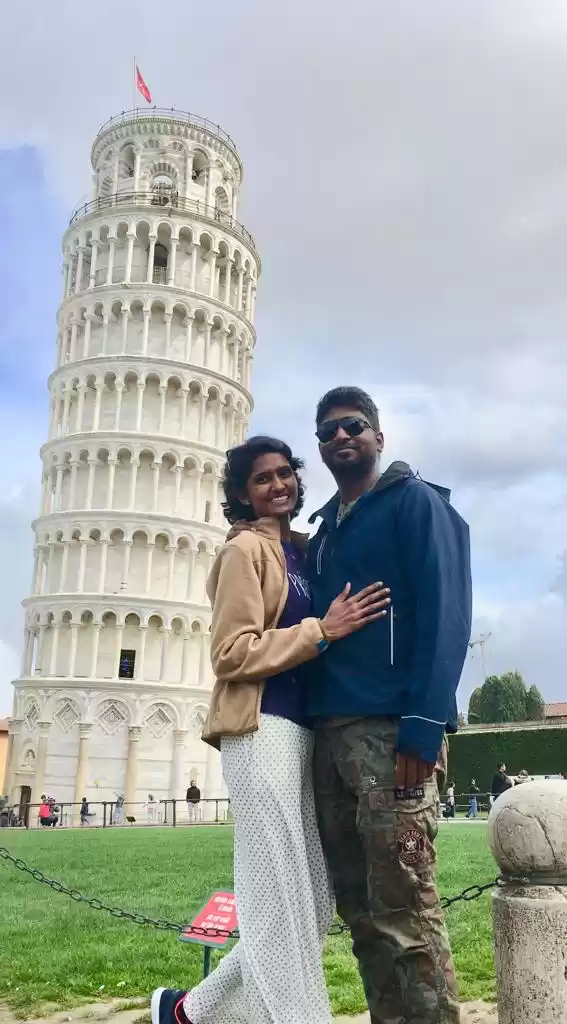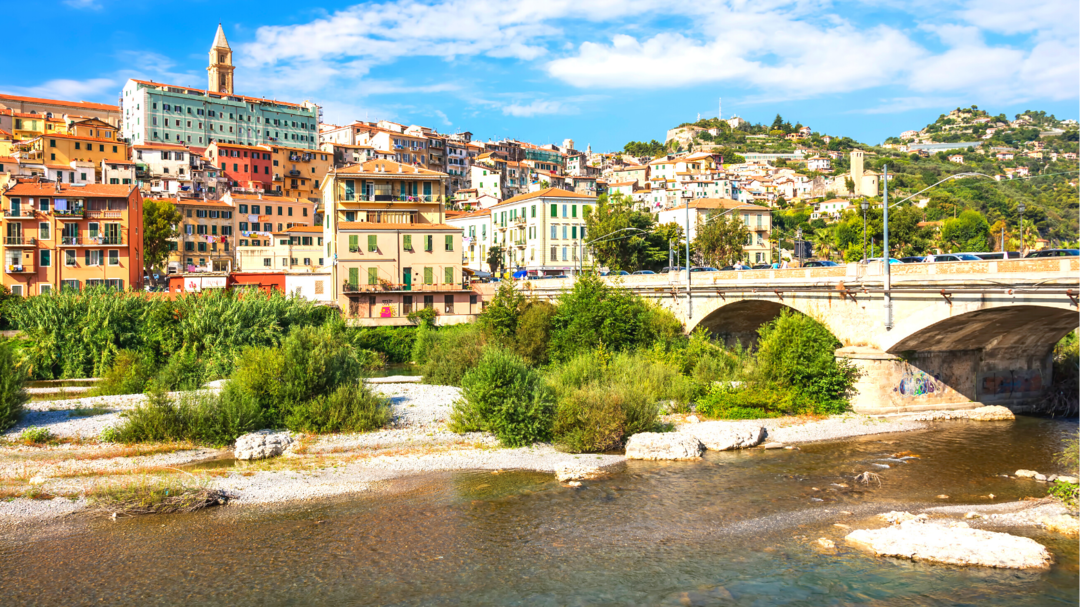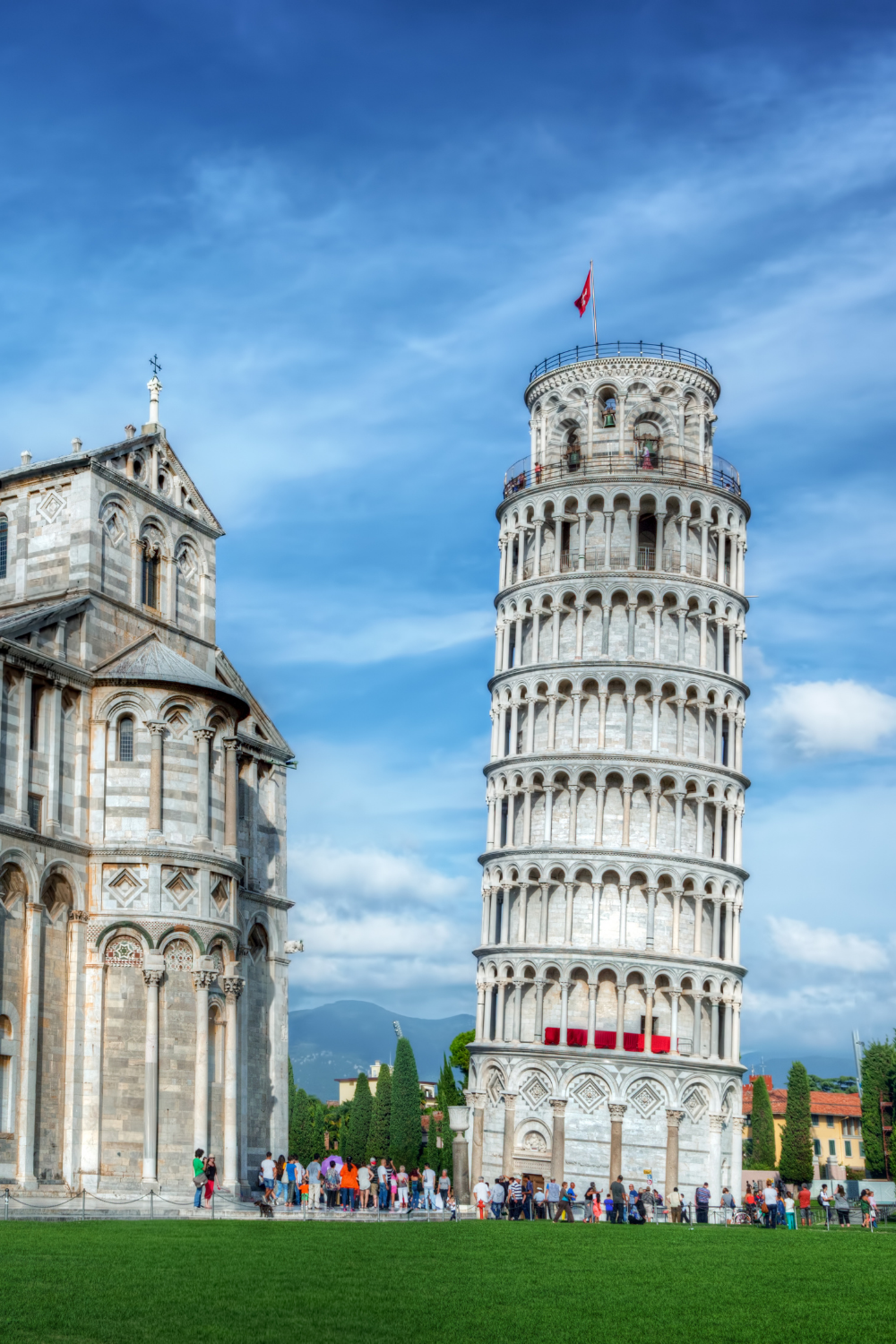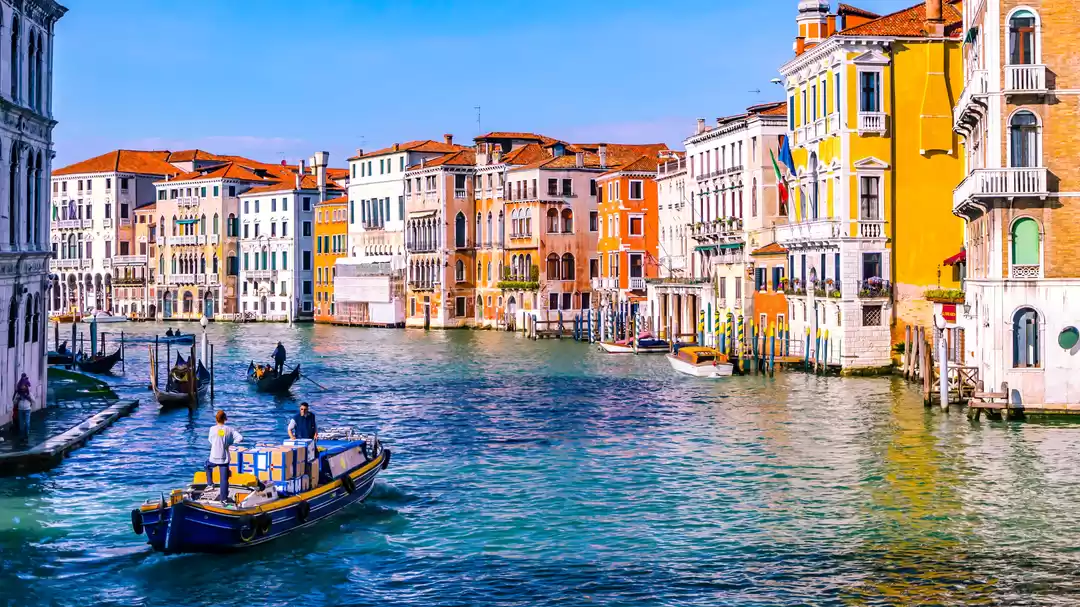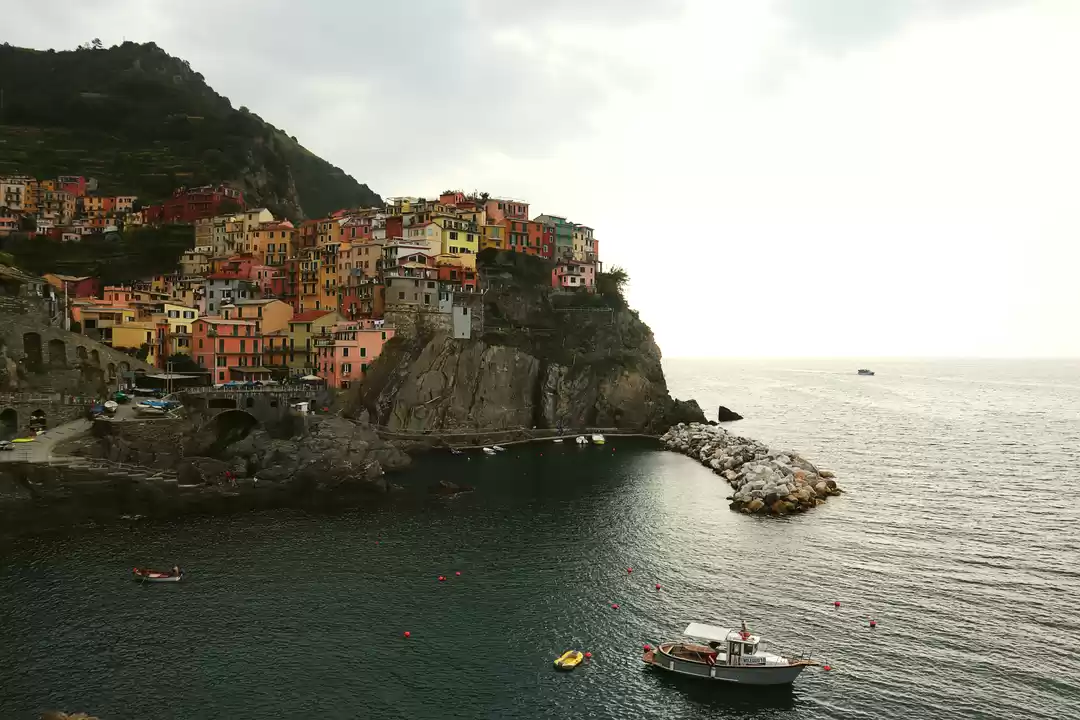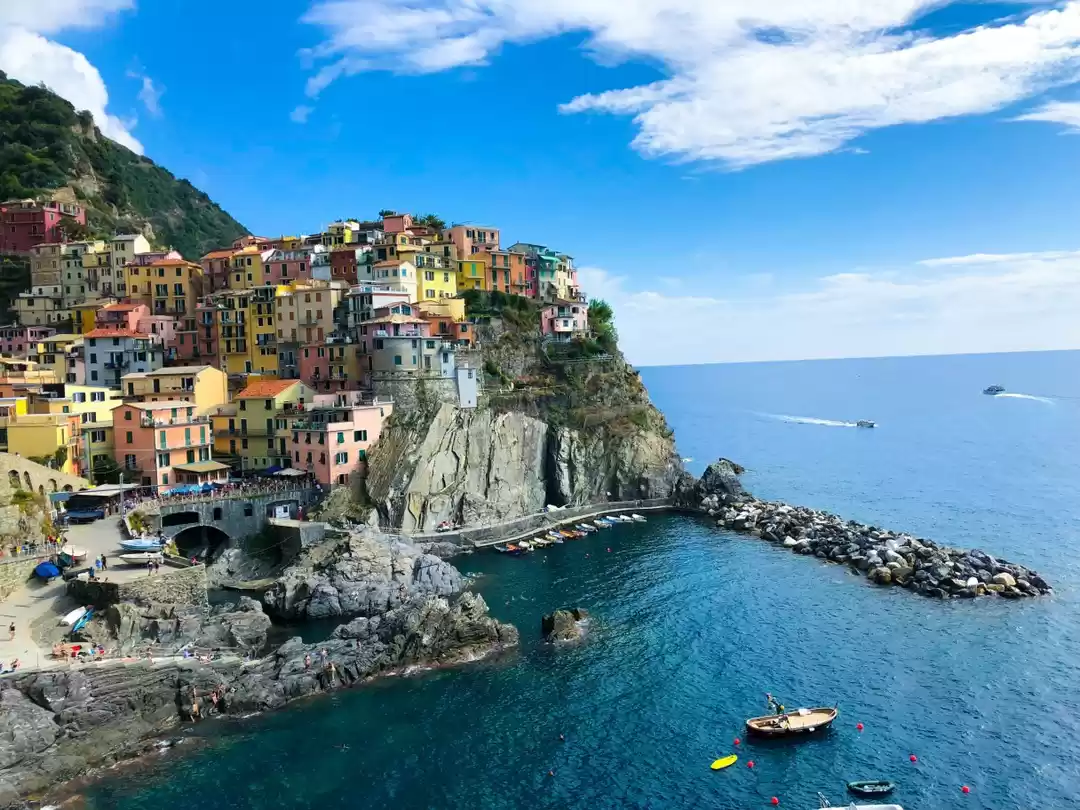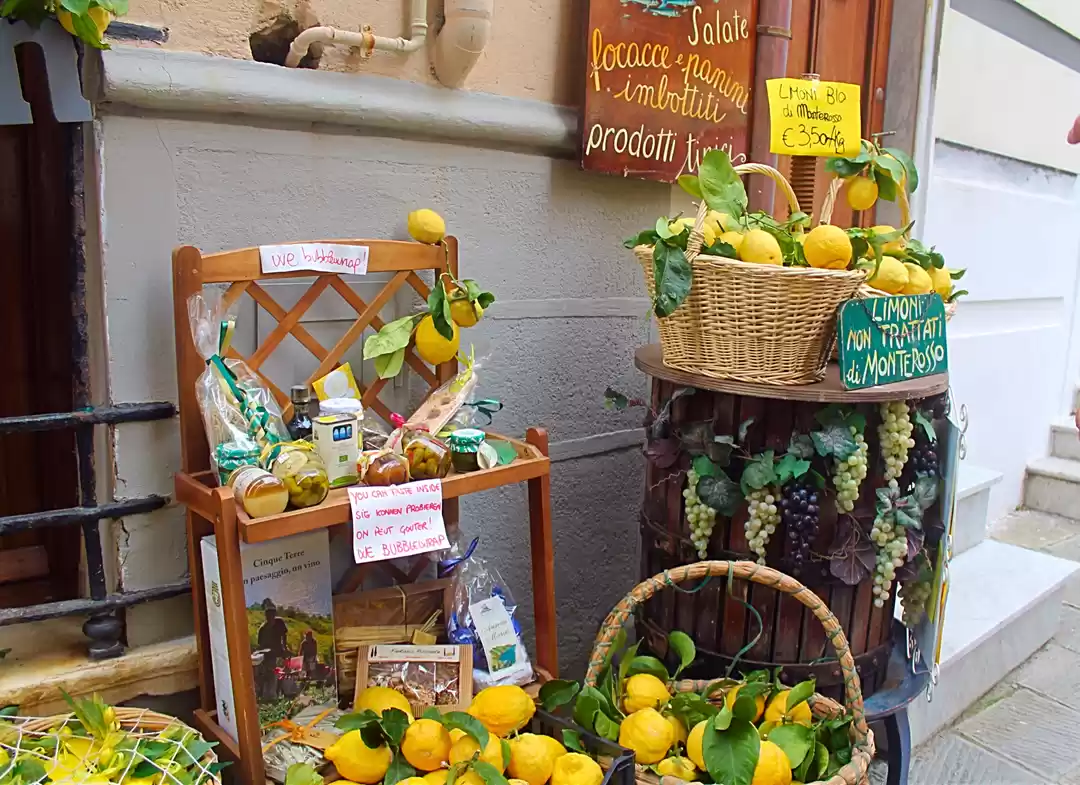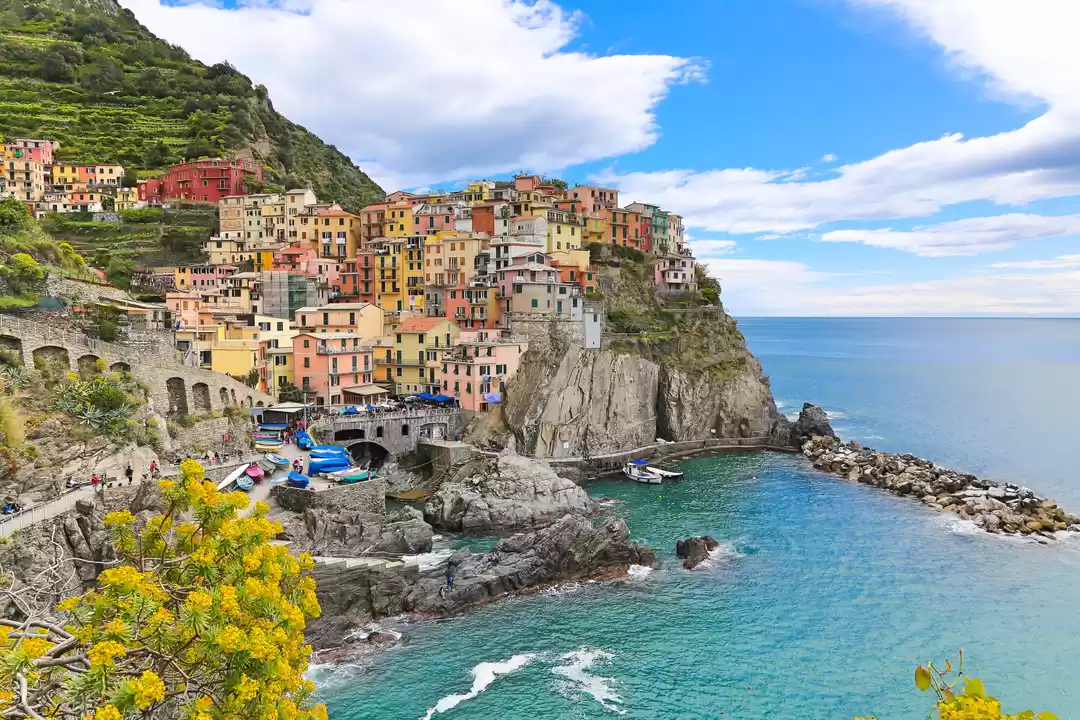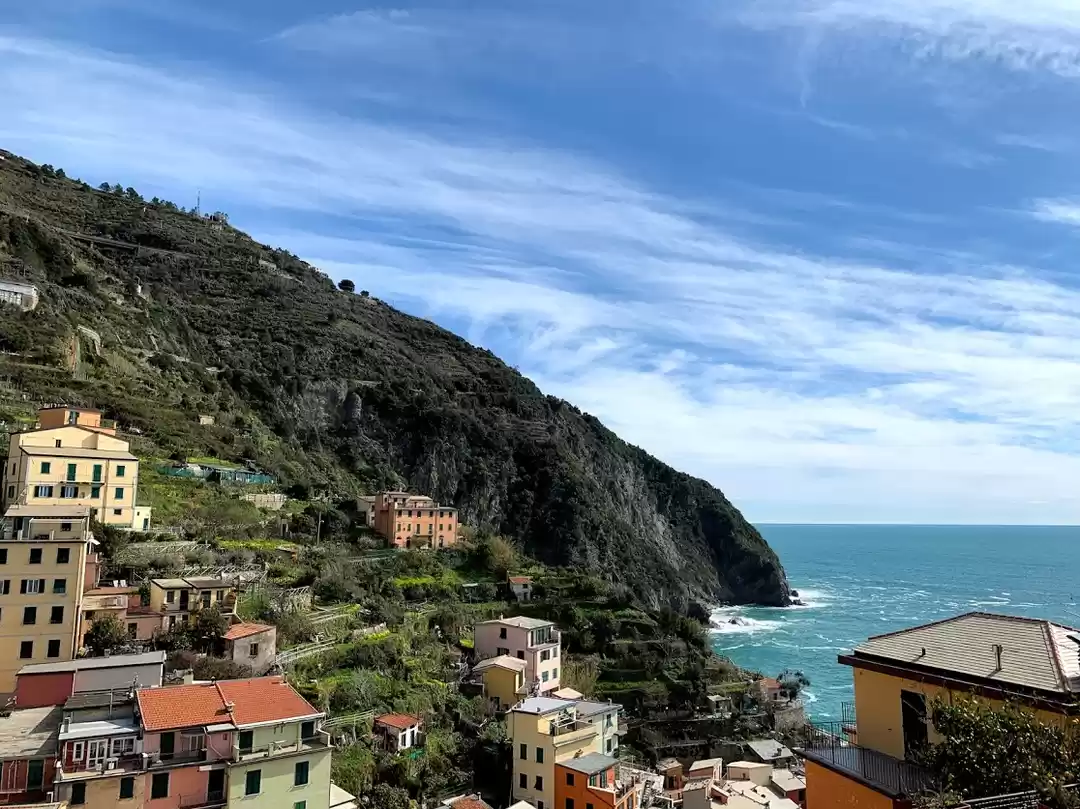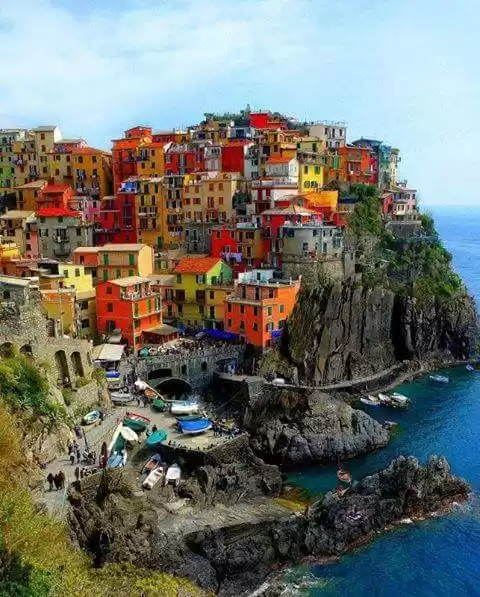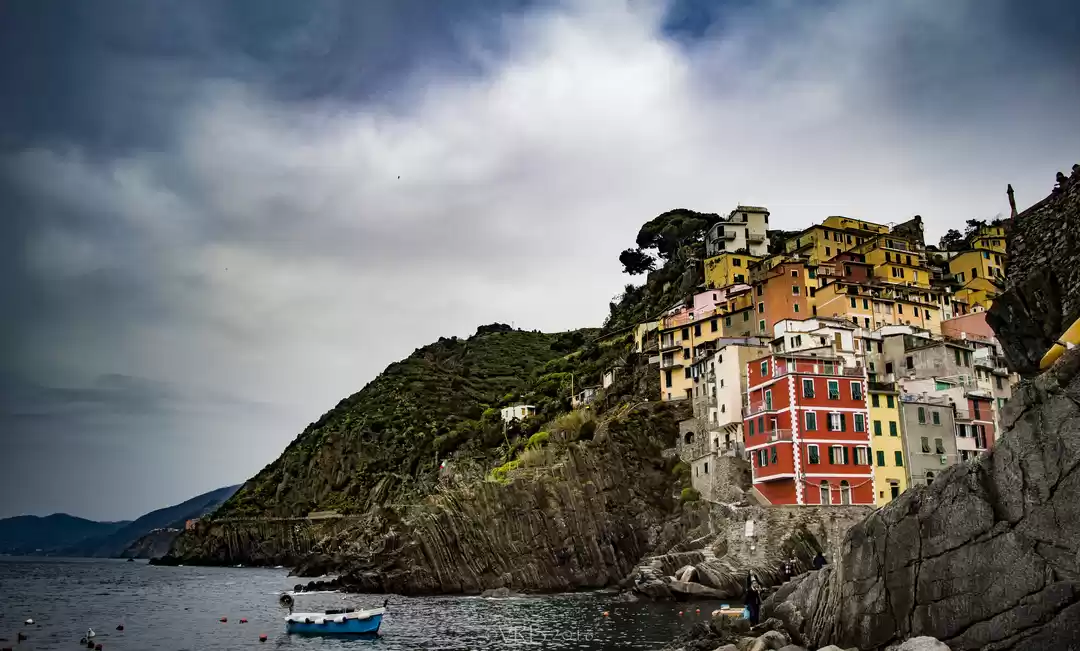'ITALY' - The first images that come to our mind when we hear that name, are Rome, Venice, Pisa etc, but never have we heard much about this striking destination in Italy called 'CINQUE TERRE'. It is a small yet beautiful town located to the north-west of Italy. Needless to say it's a place of many specialities starting with its name. The word 'Cinque' in Italian denotes the number 'five', and 'Terre' refers to 'Village'. Like the name suggests it is a federation of five, very captivating villages. These coastal villages are situated above the rocky plains facing the Mediterranean Sea packed with differences and similarities alike.

The people of 'Cinque Terre' refer to it as the territory that lies among the vast oceans and the blue sky. In brief, the journey through Cinque Terre felt like living in a folktale. La Spezia is the city that lies very close to Cinque Terre. It caters to the daily travel needs of tourists by providing the Train pass which permit us to travel from La Spezia to these villages any number of times a day, which costs exactly 16 Euros per pass. The Train route starting from La Spezia passes through five different stations namely, Riomaggiore, Manarola, Corniglia, Vernazza and Monterosso. The train services are available back and forth every 10 minutes. The journey from La Spezia to Monterosso takes around 20 minutes. Every station is only about 4-5 minutes far from each other which is very convenient. This train journey takes us through numerous tunnels carved through the rocky hills. The train journey offers a very stunning view of the blue oceans from one end to the other end of Cinque Terre. The ones who enjoy travelling by the train are sure to love the journey. You can get down in any station as per your liking. The place also offers a hiking trail above the 5 villages, which takes about 3-4 hours one way. This trail directly takes us through the viewpoints from where we could walk down to the villages. The place also offers the leisure of taking your car out for an exciting drive crossing the mountains and hill tops and also a lavish boat route from La Spezia to Levanto.

Riomaggiore, remains as the most favorite of all destinations. We were literally starving by the time we reached there and chose to dine in a cafe named 'Latteria Delvigo' near riomaggiore station. The cartoon of a sailor and a whale could be seen under the name of the cafe and a similar one could be seen on the wall inside. Once we entered the cafe, we came across a funny looking man with a long beard and with a tattoo on his arm (the same whale in the cartoon) named Nicholo. We got curious. When asked about the whale, he replied that the sailor was himself and the whale being his wife. Cheeky fellow. When prompted to tell more about Riomaggiore, he revealed that the population of the place was shockingly only less than 200, with most of them being the elderly. The employed ones in the majority of the shops were originally from La Spezia, says Nicholo himself who is a native of La Spezia. Then he goes on to talk about the tale surrounding the establishment of Riomaggiore. Riomaggiore was built in two parts, with the low lying coastal area of the fishermen and the upper mountain and hilly regions of the farmers. But now, such a differentiation is almost non-existent. Nicholo also mentions that Riomaggiore got its name from 'Rivus major'- an age old river that used to flow through these regions. It is said that the world came to know about Riomaggiore through the drawings of Telemaco Signorini. The story which we found very captivating goes like this: Signorini comes across two very peculiarly dressed women in the streets of La Spezia market place. Aroused by curiosity he follows the two women to this village of Riomaggiore. Signorini, lost in the place's breathtaking beauty, drew pictures of Riomaggiore and organized exhibitions in France, Italy and other countries to make people aware of this unexplored paradise in Italy. The tale whether true or not, we can confidently say that there is not a hint of doubt about the place's magnificent charm whatsoever.


It certainly did require a great amount of effort to reach our designated hotel amidst the irregularities faced in the path. But, the troublesome climb to the top was totally worth the amazing view. The outlook of the village from the balcony showed a sharp yet solid looking church beyond which lie many homes painted in different array of vibrant colors, all perfectly fit in to the never ending canvas of the deep blue oceans and the skies mingling, lying at a stretch. The most ideal and absolute place to witness the elegant sunrise and the alluring sunset are right here. We stayed in a cozy apartment which had two large bedrooms, a kitchen, a hall and a balcony. Here the number of traveler's hostel exceeds the number of hotels, where each room is shared by six people each. We shared our room with a woman from France aged 65 and with a well built physique. She enjoyed travelling alone and when acquainted with her we got to know that she was celebrating her retirement! She arrived at the hostel alongside with us. Not wasting any time, she kept her bag down and went back out in a flash! One needs to climb up all the way to reach our hostel, So we had to acknowledge the level of her energy and charisma.
We set out for exploring the town in the evening after refreshing our tired selves. The geography of Riomaggiore is plotted out with a significant slant. Not so long after our walking expeditions we were surprised to notice that every building in Riomaggiore has windows painted in a vibrant shade of green. Rows and rows of houses with green windows. We mused a bit about the historical reasons behind this green windows. The street was packed with the natives and the tourists alike. I can definitely say that Cinque Terre is an extremely beautiful and fulfilling tourist destination, with the biggest part of the tourists being Europeans. Most of the people prefer to go to places less crowded and calm and notably ideal for a beach holiday. But there is something about this place and its crowd that make us feel alive and make our souls feel free and content.

Either sides of the footpath is adorned with restaurants, cafeterias and traveler's hostels. A wide range of sea food is also served. Different kinds of Fishes, crabs and even octopus fill the wild palate of food. The beaches in Riomaggiore are bounded when compared to the beaches we are generally familiar with. A region filled with rocky stones and less sandy texture adjoining the harbor, ideal just to lie down and enjoy the scenic beach views. The beach also has various restaurants and bars facing the ocean. In brief, this is the best place where you can just chill and watch the sunset. The place also offers boat rentals letting us to row individually and in small groups, and we even saw people rowing the boats far by the sea alone and basking in the sun and disappearing slowly into a dot. The waters here are generally very calm, just like its people, friendly and safe. When we go high up the plain, St. John's church would become visible, which was built in the fourteenth century. The night we got there, a choir was going on in the church along with a mixed gala of guitars, piano, violin and the elegant singing giving it all a touch of graceful, artful music, which lasted until late at night.

When I think about it now, I am doubtful whether that day was a significant one for the people of Riomaggiore. The next day we set out to explore Manarola, which is also a fishermen based village, sharing many similarities in the geography of the village of Riomaggiore. The colorful architecture atop the rocky plains, the vast light blue sea, the array of mountains behind the rocks all reminded me of the pictures we see in the calendars. We were curious to see whether the color of the windows are just what we expected to see. They were. Green! We came across people climbing large rocks lying adjacent to the sea and diving straight into the waters. Something funny happened after that. We entered a small food store named 'Pavlos' to have food for the day. After having the food while getting the change for the amount paid we noticed that instead of receiving Euro we got Thai Baht. The coins of the 2 euro and 10 Thai baht look very much alike and things like these are bound to happen. When we brought the issue to the attention of the store owner, he apologized like he was caught committing a big crime, and to his satisfaction we were bid adieu by him with two bottles of water!

Corniglia is the most ancient and the smallest village of Cinque Terre. There are no beaches here. The only view of the beach is possible from high up the mountains; hence there are no boat pathways to reach here. So the people rely on the Train or the hiking trails. It takes about a 400 step steep climb from the station to reach the village, and these lengthy steps are called 'Lardarina' by the people. The village has very narrow paths. When the train pulled to a halt in the station, we didn't forget to check the color of the window panes of the buildings and again, Green. Corniglia is essentially placed on the top of a massive rock surrounded by grapevine yards. In order to experience the real beauty of the village, one has to walk and reach the high San Bernardino point. The tired lot who reaches the top is welcomed by various bars & restaurants to loosen up and relax. Corniglia is also voted as the most ideal place for people who have an interest in trekking and hiking. The village located in the north west part of Cinque Terre is 'Monterosso'. This is the largest one among the 5 villages of Cinque Terre. Monterosso is also the only village which has been granted the permission for driving, unlike the other villages which can be explored only by foot.
Monterosso is divided into two parts: The old village 'Bordo' and the new village 'Fejina'. The beach is located in Fejina. Most of the established hotels are also situated here. The old and new part of the village is essentially connected by a tunnel.There exists a Church of St Francis here. Unlike the rock filled narrow beaches of Cinque Terre, the beach of Monterosso is vast and sandy, with many beach umbrellas put out for shade. One lot of the beach was filled with umbrellas of blue, and not so far way we can spot similar white, orange and green colored ones all popping out their brilliant shades.

We had to take the footpath to reach the beach down. Whilst doing so, I noticed very distinct looking bed spreads hanging over the walls, which we later found out belonged to some merchants from Armenia. They shouted at us when we touched the piece of cloth on the wall out of curiosity. Come on! We also had the chance to meet two young girls by the street side playing a guitar with such cheer and energy regardless of the fact that there was not much money on the cloth spread out in front of them. It was as if they were their own enthusiastic audience. Two free sprits. A large number of restaurants and wine parlors could be discovered in Monterosso. We noticed the name 'Antipasti Misti' written almost in every restaurant's menu boards- as the name itself demanded a certain amount of curiosity, we were tempted to ask about it, which we found out later that it means as 'The mixed fruit of the sea', usually eaten as an appetizer. The irony was that our stomachs were full right after having the famous appetizer. Anchovy is a favorite dish of the people in Monterosso which is nothing other than the well known and consumed fish in Kerala 'The Netholi'. The Anchovy is caught fresh and is cooked on the same day says the chef of the restaurant. Anchovy is frequently consumed here with salt, garlic, vinegar or fried or cooked in different ways. The use of olive oil for cooking is quite dominant in here, along with the use of cheese, pasta and garlic which forms some of the key ingredients in many of the relishes of Monterosso. The exclusive baked food of Monterosso are a kind of bread named 'The Focaccia', the best quality of them being produced here in Italy, which is commonly taken along with onions, olives and basil or simply fried or eaten as such. A wide variety of cakes with many interesting names are also a must to taste in Monterosso. The unusually huge lemons of Monterosso are very well known as well, which can be compared almost that to a coconut. The olives and white wines are indeed remarkable assets to the place one should not miss to savor.
The newest among the villages of Cinque Terre is Vernazza. This village was completely drowned in a flood in 2011. The drastic soil erosion that followed forced a total renovation and the complete rebuilding of the place from scratch. Due to this unfortunate incident, there are not many hotels in Vernazza and cost of living is a little pricey when compared to the other villages. But there is no lack of beautiful and colored churches and buildings in Vernazza, accompanied by its small harbor. A great number of handicrafts are available here. We went into a shop named 'Stories in Italy' adorned with many drawings of Cinque Terre. On inquiring, we came to know that the drawings were not for sale, a sad thing! And it seems that the store owner Michelle Greco's husband drew those pictures. The items for sale were actually the displayed Jewelry, which was exclusively made from materials brought in from various parts of Italy. Michelle is of American Origin, who fell in love with her artist husband from Cinque Terre and finally chose to stay here. Quite a fascinating story.
Vernazza has two viewpoints, and when looked from there we can find two entirely different faces of it, needless to say that the second view point does the Job of revealing the real beauty of Vernazza with such grace. While climbing up the hill, I was able to see the train moving down the tunnel, which very much resembled a snake coming out its resting place. Although there were churches in every village we visited, I took a personal liking towards the ones in Vernazza. Right when we arrived there, a holy mass was happening. After the mass, the gathering came to an end with an elderly man playing the piano so beautifully. When we walked up the stairway adjoining the harbor, we got near a fort named 'Castello doria', which is really old. Now only the remnants of the fort are seen, in addition to a circular tower hovering over.

On our walk back to the railway station, I noticed a copper platter with a woman's portrait beautifully carved, on the wall, with some Italian writing underneath it and the year 2012 inscribed on it. The artifact signifies the revival of the splendid village, after the flood of 2011. Regardless of the drastic destruction caused by the floods and soil erosion to this small village, in light of the people's effort and the genuine amount of hard work put in, certainly played a great role in the return of Cinque terre much stronger and more charming than ever before. If this beautiful village was wiped out by the roaring ocean, will a journey like this would have been ever possible?
This blog was originally published on Clueless Compass.



